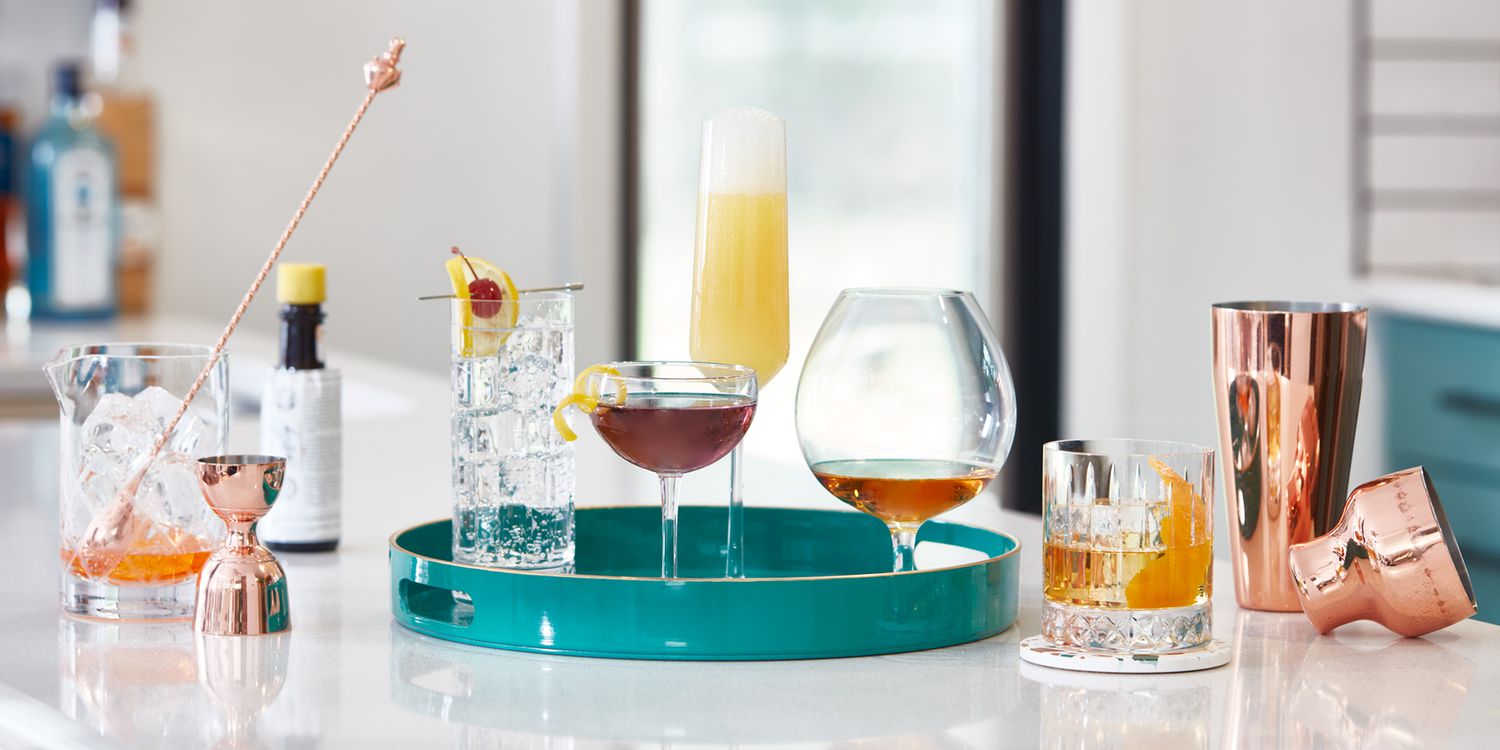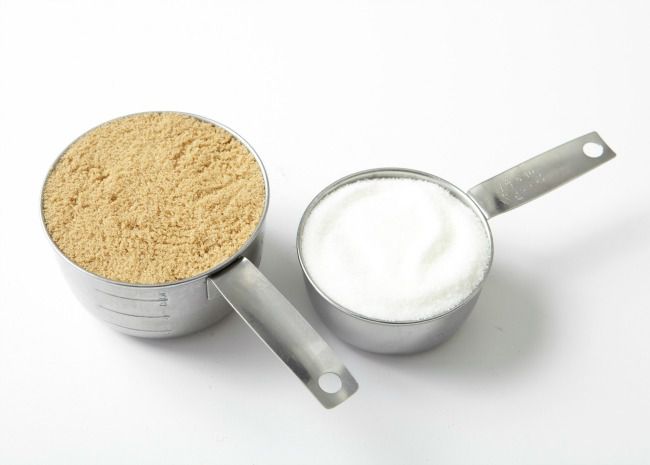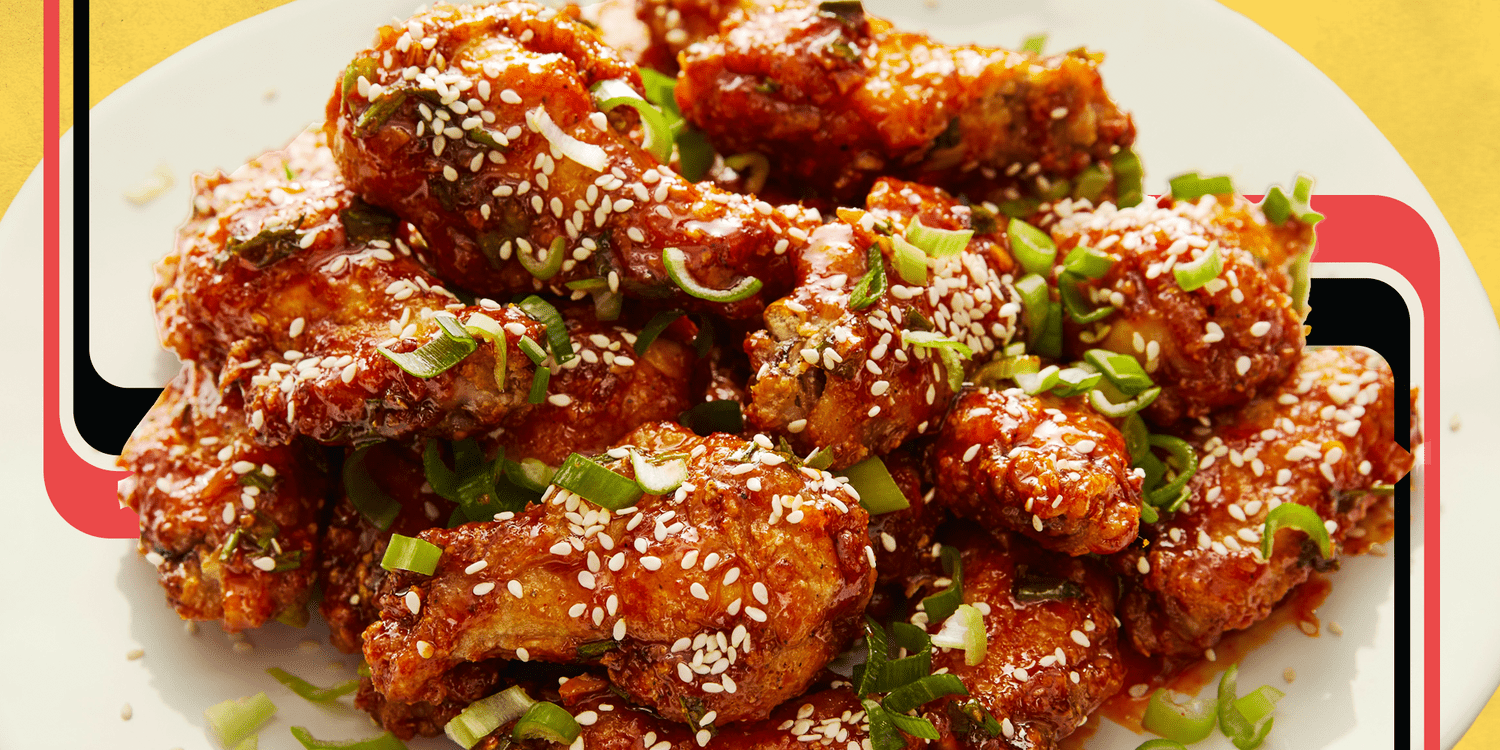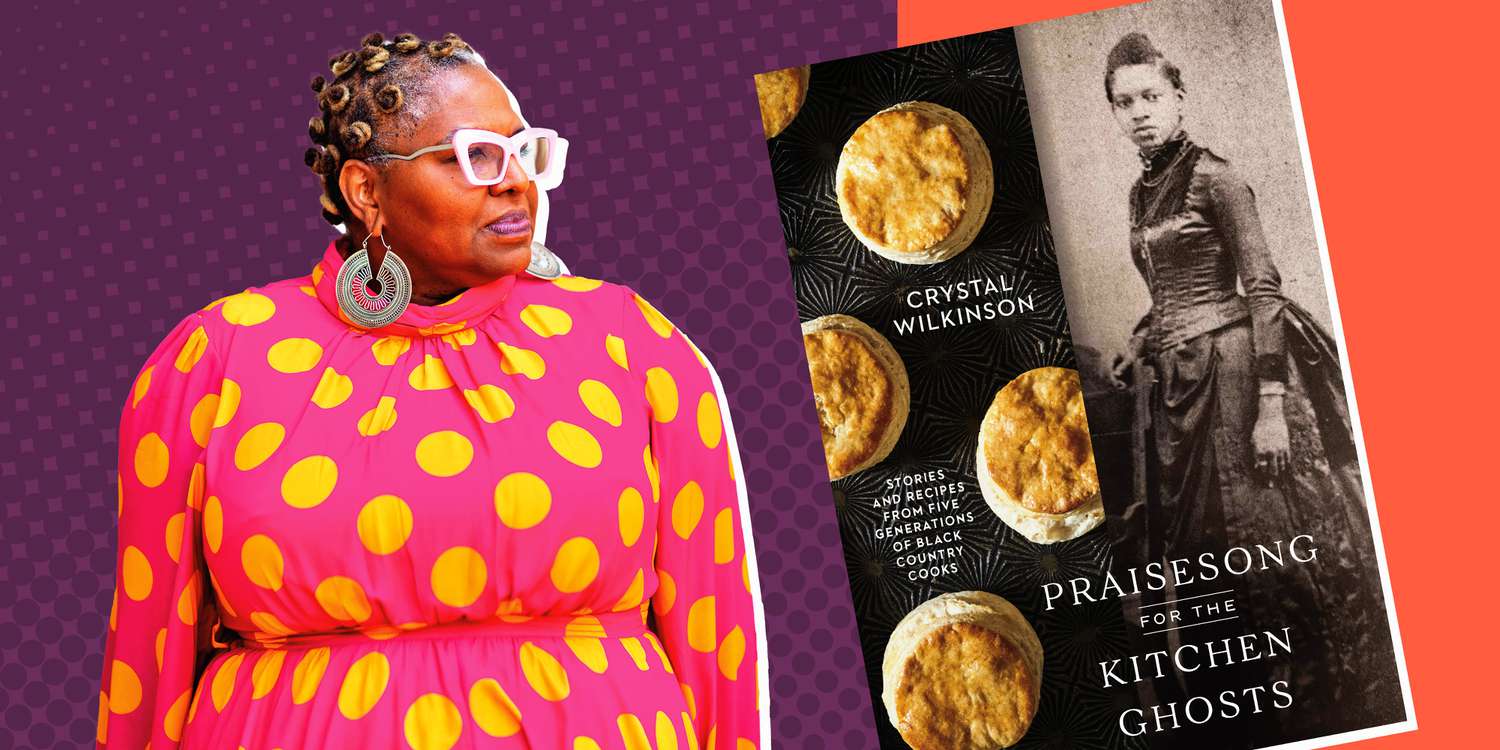Making cocktails at home is vastly rewarding – it’s fun, exercises your creative side, and (everyone’s personal favorite) — it saves money. But once you get “behind the stick,” as they say, it can become a daunting task deciding what bottles to stock, let alone what glassware you should have on hand to serve your delicious concoctions to guests on the weekend, or yourself on a Wednesday.
Here is the essential dozen so you’ll be covered from beer to champagne; old fashioneds to French 75s.
Pint Glass

Named for the amount of liquid it holds 16 ounces, or a pint), it’s more than just a glass of beer. The versatile pint can be used for muddling or tossing a drink such as a bloody Mary, as the second half of a shaker inserted into a tin, or even as a mixing glass if you’re without a proper one.
Highball Glass

It’s widely thought the name of this glass refers to serving drinks in tall glasses on the 19th-century dining cars of steam locomotives, where a ball in a gauge showing boiler pressure would rise, or “highball.”
Highball is also a term for a drink made quickly over ice, as in a liquor plus a mixer, usually carbonated. The most traditional is whiskey over ice topped with ginger ale. Taller than an old-fashioned glass, or “lowball,” yet shorter and broader than a Collins glass with straight sides and either a flat bottom or footed stem, this glass can also be used to serve beer or soda.
Collins Glass

The Collins is the thinnest of the glasses and holds 10-14 ounces. Named for the Tom Collins (gin, lemon juice, sugar, and soda water) or John Collins (swap the gin for whiskey), it’s also perfect for a wide variety of mixed drinks over ice. Pair this iconic glass with Long Island iced teas, mojitos, sodas, low-alcohol drinks such as a Pimm’s Cup, or more complicated and lively ones sans ice, like a gin fizz.
More Inspiration:Budget-Friendly Cocktails for a Crowd
Rocks or Old Fashioned (lowball) Glass

Sometimes referred to as a whiskey glass, this short style holds 6-10 ounces and has a wide brim with a base hefty enough to stand up to muddling. Old Fashioned glasses typically boast a cut-glass style, whereas Rocks glasses are usually simple molds. Unsurprisingly, these are used to serve old fashioneds, but also any spirit-forward drink that might come with or without ice like a Sazerac or Negroni. If you have a silicon mold in your freezer itching to release a beautiful large cube, this is the place for it.
Martini Glass

The stemmed, v-shaped glass we commonly call a martini glass today, began as the coupe did – as a champagne glass. A better name might simply be “cocktail glass,” since all sorts of mixed beverages see the inside of it, not just a martini. Drinks commonly served in this glass are the Cosmopolitans, Manhattans, Lemon Drops… the list goes on and on. Ordering a drink “up” will ensure you this or a coup placed in front of you.
Before the cocktail revolution, most cocktails were served in these, and you’d be hard-pressed to find a coupe in a bar. Now, coupes are standard practice for modern mixology and a cocktail in a martini glass (other than a martini) tends to look old-fashioned (pun intended).
Coupe Glass

Also referred to as a champagne coup or a champagne saucer, this stemmed glass with a broad bowl comes in many sizes and was originally used to serve champagne. It was especially popular in France from the 1700s to 1970s, the curve to the rim allowing less likelihood of spillage. Now, most modern “up” cocktails will be served in this, as well as standard classics like a Last Word, French 75, or Aviation.
Nick & Nora Glass

This famous glass is named after Nick & Nora Charles, a stylish fictional detective and his wealthy wife from the 1934 book “The Thin Man.” Originally called “little martini” in the 30s, the glass was revived in the 80s by Dale DeGroff, an American bartender and author dubbed “The King of Cocktails.” Once this elegant 5–6-ounce stemmed glass with a high-sided bowl and narrow mouth became part of the standard glassware at the famous Pegu Club in NYC, it cemented its place in cocktail bars around the country, primarily for stirred cocktails.
Flute

The festive flute is the vessel we think of when we think of all things champagne. And that’s exactly what it holds – all manner of sparkling wine and sparkling wine cocktails like the traditional champagne cocktail, Kir Royales, and brunch favorites like mimosas and bellinis. Though there are pros and cons (it prolongs the path of the bubbles, making it more visually appealing, yet the narrower top stifles the aroma you would get from a coupe), there’s no denying its sleek sophistication.
Irish Coffee Glass

Not just for Irish coffees, a good glass mug is necessary for all those festive fall and winter cocktails. Boozy apple cider, Glühwein, hot buttered rum, and hot toddies are just the beginning. It’s best to have more than one.
Glencairn Glass

This short, 2–4-ounce glass is widest at the bottom and tulips out to the top with a narrower opening and a small yet hefty base. It’s made specifically for sipping or sampling single malt whiskey, Irish whiskey, single barrel bourbons, and scotch. Its shape is perfect for amplifying aromas and properly appreciating neat pours.
Snifter Glass

Also called a brandy snifter, brandy bowl, or cognac glass, this vessel is used to swirl and sip brandy, Cognac, Armagnac, and more. The large surface area helps evaporate the liquid, while the narrower top traps aroma. It’s also designed for the hand to cup it easily, warming the liquor inside. Most hold 6-8 ounces and are wonderful to serve craft ciders and beers, especially higher-octane dark varieties.
Port or Cordial Glass

After-dinner drinks are easily neglected at home but ending the evening with the perfect sip is a delightful experience. These dainty, 2-5 ounce glasses may have a wider bowl and a tulip-like divet or look like a shrunken wine glass. They come in many styles, but no matter what look you choose, these glasses showcase the complex flavors and aromas of after-dinner cordials, ports, and distillates like Eau-du-vie, aquavit, grappa, and the like. This glass is nothing but class.
More Inspiration:
- The Top 50 Cocktail List and Recipes
- 9 Cocktail-Making Mistakes That Bartenders Know to Avoid
- Our Favorite Tequila Cocktails




